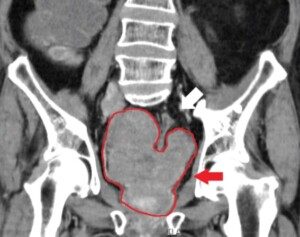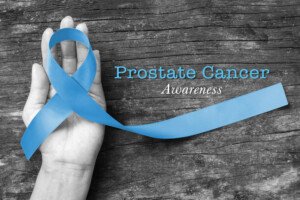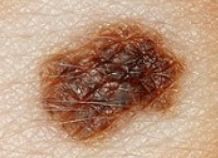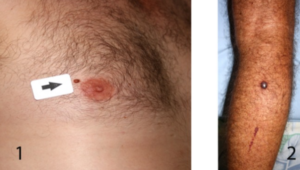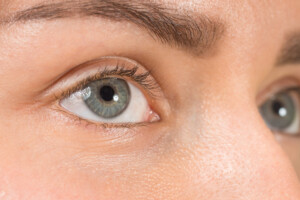April is oral cancer awareness.
This potentially disfiguring disease can be difficult to detect early. Regular checkups (including by a dentist) are essential for early diagnosis and successful treatment.
The disease primarily affects people over 40, though it can occur at any age.
Oral cancer includes that of the throat, lips, tongue, cheeks, gums, hard palate and floor of the mouth.
According to the American Cancer Society as of 2023, an estimated 54,540 new cases of oral cavity and oropharyngeal cancers are expected to be diagnosed in 2025, with over 10,000 related deaths.
The disease can spread quickly if not caught early.
Risk Factors
The most well-known are tobacco and excessive drinking, though nonsmokers and nondrinkers can get oral cancer.
Smoking and chewing tobacco are linked to a higher risk of developing cancer in the mouth, throat and other parts of the head and neck.
The combination of smoking and drinking can increase the risk of oral cancer by 15 times (National Cancer Institute, 2023).
Other factors include human papillomavirus (HPV) infection.
Symptoms
The symptoms of oral cancer can vary widely but often include, among many others:
- Persistent sores or ulcers in the mouth that don’t heal
- A lump or thickening in the mouth or neck
- Difficulty swallowing or chewing
- Unexplained pain in the mouth or throat.
- White or red patches in the mouth
For more in-depth information on all the symptoms of oral cancer, see the articles below.
Hoarse Voice Causes: from Cancer to Reflux to Enlarged Aorta














